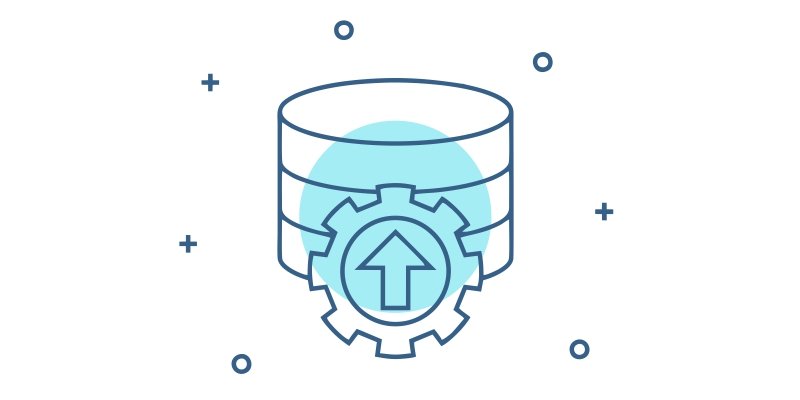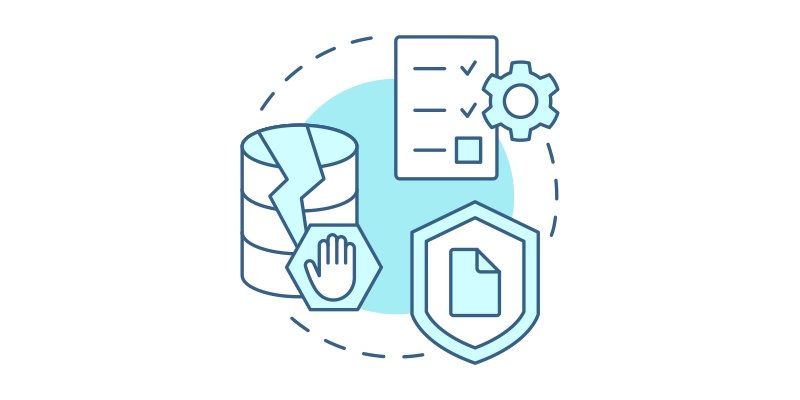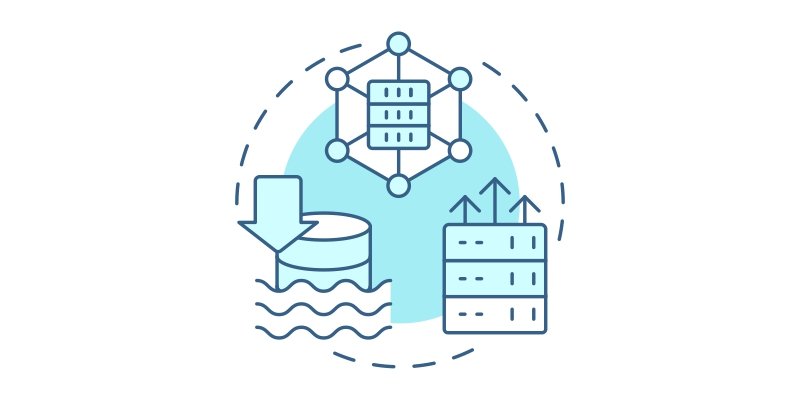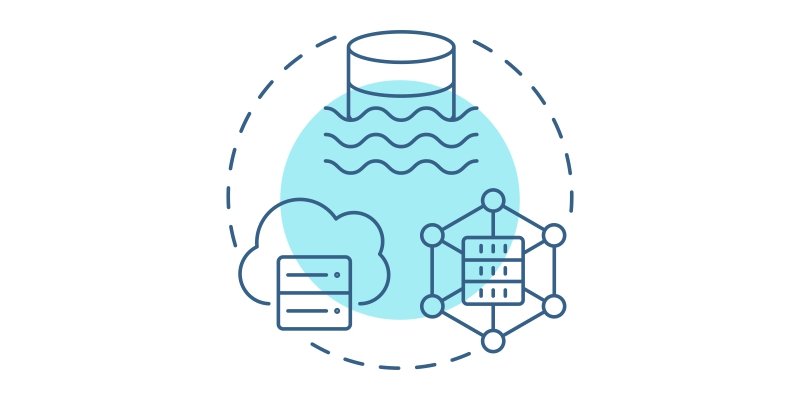Aging clock APIs can help deliver unparalleled user experience
Enable your application users to improve longevity through our API integration
Connect our aging clock APIs to all environments
Effortlessly integrate our longevity APIs into your mobile or desktop applications, providing users with the capability to access and leverage these advanced features for a comprehensive understanding of physiological and cognitive age metrics.

Key features – longevity APIs
Seamless Integration
Stable APIs in place for all our aging clocks that can be easily integrated with different websites or applications


No Information Loss
All the information that is available through the Deep Longevity summary reports is also available through the APIs
Fast Implementation
Depending upon the complexity of the integration, the APIs can be implemented within a few weeks. Our comprehensive documentation and dedicated support ensure a smooth implementation process. Developers can swiftly incorporate the APIs, saving time and resources.


Robust Security
Security is at the core of our API infrastructure. We prioritise data protection, employing industry-standard encryption protocols and rigorous security measures. We host our APIs on highly secure and reliable cloud infrastructure, ensuring optimal performance and uptime.
Enhanced User Experience
Customers have the flexibility to choose what data to show to their end users, carve unique customer journeys and build unique products with the aging clock predictions.
Tailor the aging experience to fit your brand and user preferences. Our APIs offer a range of customization options, allowing you to create a unique and engaging user journey.

Integration and longevity API FAQ
How is authentication handled for the API?
Authentication is handled for the API through JWT (Json Web Token) or API Key.
On successful onboarding credentials (a username and a password) will be provided to access APIs. Using these credentials user can get JWT tokens (access & refresh token). Using the access token user can access other APIs or can get an API key for some duration (user can set the duration while creating the token). A valid API key can be used to access all APIs.
What type of authentication method does the API use (OAuth, API key, JWT, etc.)?
Deep longevity’s APIs can be accessed using JWT or API key.
Are there any specific security measures or best practices to follow?
Yes, APIs are secure and necessary security measures are already in place. Here are the few,
APIs are accessible via HTTPS only which ensures encryption for secure communication over the network.
Standard authentication mechanisms are implemented to access APIs like JWT & API Key. Validity for API key can be controlled during the API key creation.
APIs are 100% REST endpoints, and all possible vulnerabilities are managed including SQL injection.
Proper input validations are in place.
Permissions and authorization implemented.
What are the available endpoints, and what functionality do they provide?
Information about available endpoints is accessible with a valid customer only. To know more about the APIs please contact us at [email protected]
What is the expected format for API requests and responses (JSON, XML, etc.)?
Available APIs are 100% REST APIs and request/response body contains JSON data only.
Are there any rate limits or quotas imposed on API usage?
Rate limits varies customer to customer based on the agreed contract and plan.
How does the API handle rate limiting, and what happens if limits are exceeded?
In case of rate limits are exceeded the requests will be waiting in a queue and executed in FIFO (first in first out).
How are errors communicated by the API (HTTP status codes, error messages, etc.)?
Errors are communicated by the API through HTTP status codes.
Here are some following status codes and error messages,
400 Bad Request: The server cannot process the request due to a client error (e.g., malformed request).
401 Unauthorized: Authentication is required and has failed or has not been provided.
403 Forbidden: The server understood the request but refuses to authorize it.
404 Not Found: The requested resource could not be found.
500 Internal Server Error: A generic error message returned when an unexpected condition was encountered.
Are there specific error scenarios developers should be aware of?
Developers will be provided with necessary documentation and validation details during onboarding.
Is there comprehensive documentation available for the API?
Yes, APIs are documented using Swagger (Open API 3.0 specification). Along with this postman collection is available to test and understand all available APIs.
Is there a sandbox or testing environment available for developers?
Once successfully onboarded a developer account will be created in our test server and shared with the developer/team.
Does the API support webhooks or callbacks for real-time updates?
Most of the APIs return quick response. For asynchronous processes APIs are available to check current process status.
How should developers handle asynchronous events?
Users will not be blocked by the asynchronous events. After initiating the event API will return some process/tracking id and using the id user check the status/results.
How is data formatted in API requests and responses?
In API development, data formatting in requests and responses is crucial for effective communication between clients and servers. All requests and responses are in JSON format.
Is there support for versioning, and how should developers handle changes?
Yes, versioning is supported, and user can specify the version during APIs calls. Without versioning APIs will always return latest version.
Are there any specific libraries or SDKs provided for integration?
No, it’s not required. All communication will happen using REST API.
What are the compatibility requirements for the API?
Only requirement is that all requests should be a REST API call.
Are there tools or mechanisms for monitoring API usage?
Currently monitoring is managed by our internal team only. Developers will not have access to this. A monthly report will be shared based on the usages.
How can developers track performance and identify potential issues?
In case of any performance or API issues, developers can ask support to check by sending email to [email protected].
Are there any legal considerations or compliance requirements for using the API?
We don’t need any PII to process your requests. So, we will not be accepting or storing any shared PII data. Developers are required to send deidentified data only.
How does the API handle scalability, especially under high loads?
Scalability of API is available based on the requirement of the user and agreed terms.
Are there performance considerations developers should be aware of?
It’s recommended to maintain the agreed max number of concurrent requests to get the best performance.
How should developers seek assistance in case of issues?
Developers can reach out to our support team at [email protected]. Our team will get back with possible causes and solutions.
